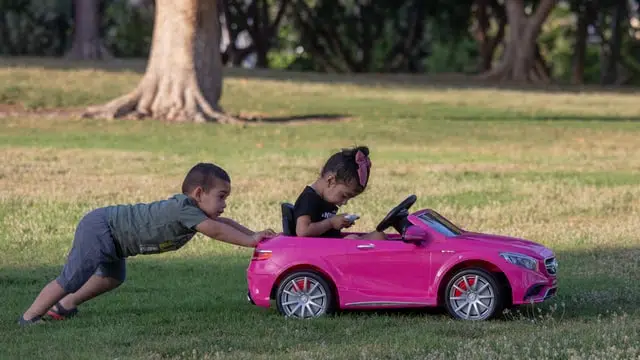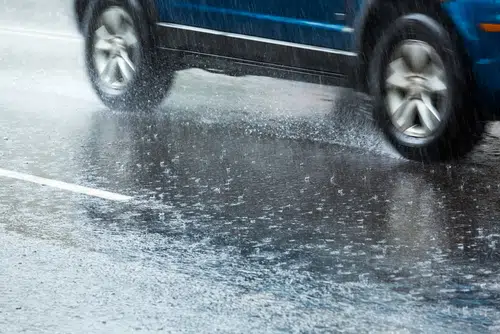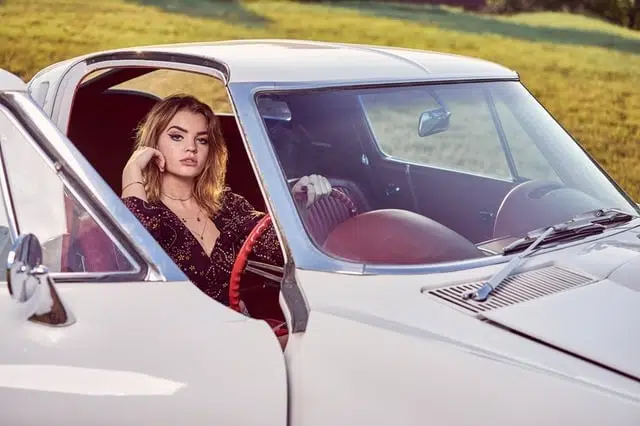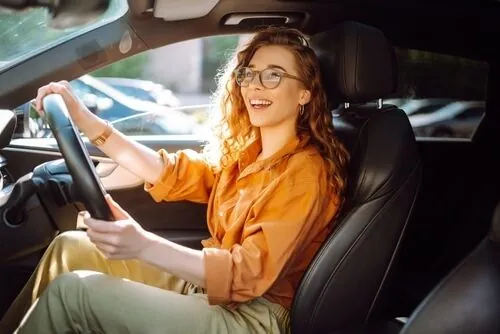Categories
Tags
animal welfare
breed profile
buying a car
buying a pet
Car
car accessories
car care
car features
car insurance
Car safety
car sales
car service
cat
cat behaviour
cat body language
Cat Breeds
cat food
cat insurance
comprehensive car insurance
Dog
Dog Behaviour
dog body language
Dog Breeds
dog food
Dog Insurance
dog training
eco friendly cars
Kitten
New Car
pet accessories
pet activities
Pet Adoption
pet breeders
pet days of the year
pet fun stuff
Pet Health
pet insurance
pet parenting
Pet Safety
pet services
Puppy
rescue pets
road safety
road trip
safe driving
Recent Blog:
Facebook Posts
4 days ago
Are intestinal worms setting up camp in your dog’s gut without paying rent? Here’s how to spot the main culprits and get rid of them too:![]()
![]() Preventing, Identifying and Treating Intestinal Worms in Dogs - bit.ly/43YjCKu
... See MoreSee Less
Preventing, Identifying and Treating Intestinal Worms in Dogs - bit.ly/43YjCKu
... See MoreSee Less
Preventing, Identifying and Treating Intestinal Worms in Dogs
www.pd.com.au
Intestinal worms, such as roundworms in dogs are one of the least glamorous topics on the planet. These intestinal parasites that basically use our dogs
PD Insurance
with Dogs West.
6 days ago
We enjoyed meeting #breeders #doglovers and members at the Dogs West Open Day. Special thanks to our partner Dogs West for organising an incredible event. There is still time to enter our pawsome competition. Click here for details: bit.ly/4covyce![]() #PDinsurance #dogswestopenday #dogswest
... See MoreSee Less
#PDinsurance #dogswestopenday #dogswest
... See MoreSee Less
6 days ago
Did you know? The Manx is a breed that is known for its lack of a tail, which is caused by a genetic mutation.
... See MoreSee Less
Are new cars safer than old cars? According to the Australasian New Car Assessment Program (ANCAP) the fatality rate is four times higher in an older vehicle. That’s a bit hard to swallow – especially since many older cars are made from higher grade steel and iron.
Older cars are often bigger than their modern equivalents, too. Some are so much bigger that drivers and passengers practically have a steel moat around them, like being in the centre of a fortress. Sure they’re heavy and guzzle way too much petrol, but could their modern, sleeker counterparts actually be safer?
It seems the answer is yes. And because nothing says it better than living proof, watch this video then decide for yourself:
ANCAP crash test: old car vs new
In this video, ANCAP uses a live demo to demonstrate how a 2015 model far outperforms its 1998 equivalent:
This test replicates a head on collision. You’ll notice that although the new model’s bonnet crumples, the cabin stays intact. In the older model, the cabin itself is obliterated.
“This test physically illustrates the benefits of newer, safer cars.”
– ANCAP CEO, James Goodwin.
In reality, a passenger in the older car might not survive the catastrophic chest, head and leg injuries they’d incur. Out of 16, the old car scores 0.40 (zero stars) and the newer model scores 12.93 (five stars).
Read more about these all-important stars in the safest new and used cars article PD Insurance wrote for Canstar. But first, continue reading below.
Use the star system to check vehicle safety ratings
Each year ANCAP tests the safety features and performance of new cars, and each year the criteria gets tougher. If you’re saving for a new car and you want safe (don’t we all), you can literally use ANCAP’s safety tool to decide what to shop for.
ANCAP uses a five star rating system across these four categories, which will help answer ‘why are new cars safer than old cars‘:
- Adult occupant protection
- Child occupant protection
- Vulnerable road user protection
- Safety assist
Mums and dads will love using the filters to view the child safety ratings (speaking of child safety, read the info you need on car seats for kids here). Then you can check these against a whole range of deciding factors. Like car sizes, brands and even electric cars vs petrol.
Remember though, no matter how much safety a car provides, your wellbeing on the road also depends on you as the driver. This is why – in addition to driving a safer car – it helps to keep up your defensive driving skills and avoid distracted driving at all costs.
Another important reminder is to not let your guard down on regional stretches of open road. You might be surprised to discover that’s where most accidents take place. Find out facts and figures in our article on regional vs metro driving.

Older vehicles are over-represented in crash stats
In a media release, ANCAP presents the following data on Australia’s crashes:
| Old/New | Percentage of registered fleet | Percent of crashes |
| Older cars (before 2000) | 20% | 33% |
| Newer cars (2011 – 2016) | 31% | 13% |
|---|
When asking “are new cars safer than old cars?” you’ll find the stats clearly speak for themselves.
So, who’s most likely to be driving older models? Sure some of us meticulously care for our things and are driving older cars to avoid the waste that comes with high turnover. However, this might just be one instance where new is simply better than old – when a safer car could save your life. Or the lives of your passengers.
“It is concerning the rate of fatal crashes is four times higher for older vehicles than for new vehicles.”
– ANCAP CEO, James Goodwin.
Aside from those of us who are naturally frugal or simply can’t afford a new car, people most likely to be driving older cars are usually:
- New drivers (who get their parent’s old cars), and
- Seniors who’ve maintained their cars well
That means it’s our younger up-and-coming generation and our elderly that are most at risk. This reality is enough to make heads turn.
Why are new cars safer than old cars?
A key reason why are new cars safer than old cars (and more fuel efficient) is because of how advanced the safety technology has become. Not only have we developed lighter yet equally durable materials to build our cars from, we now have many more tools to mitigate the possibility of a collision.
Find out about some of these top car safety features, future and present. Check out which are the safest car colours too. Also be sure to read about improving fuel efficiency, efficiently!
Because not everyone can simply afford to invest in a new car, it’s worth knowing other ways you can save that might make it possible. Like, for instance, well-priced yet highly reliable comprehensive car insurance.

Car insurance – fast, efficient and affordable
Quality, affordable vehicle insurance means you’re financially protected in case your car is damaged in an accident or stolen. At PD Insurance you can access your insurance 24/7 because we’re online. It’s like we never sleep so you can lodge your claim any day, anytime!
It also means you don’t have to fork out large sums but still get the worthwhile benefits. That way you can spend your money where you need to, like on getting yourself a newer, safer car when you want to.
Click below and get your car insurance plan today.
Share On:




